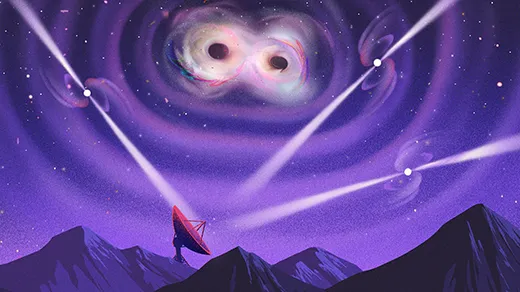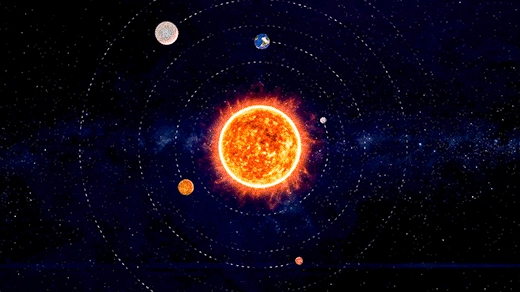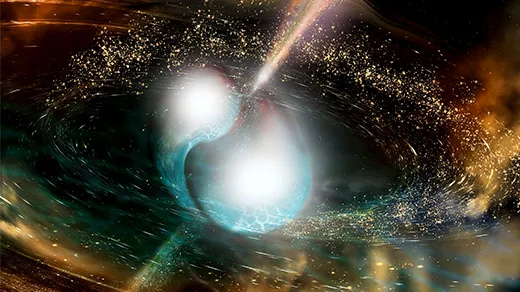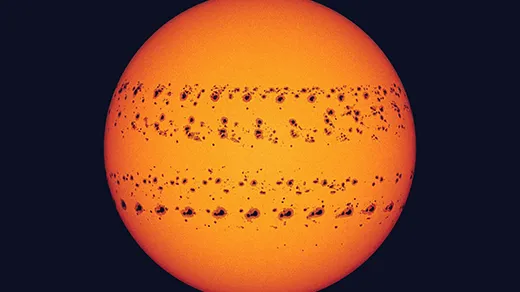What's up in
Astronomy
Latest Articles
Clashing Cosmic Numbers Challenge Our Best Theory of the Universe
As measurements of distant stars and galaxies become more precise, cosmologists are struggling to make sense of sparring values.
The Year in Physics
From the smallest scales to the largest, the physical world provided no shortage of surprises this year.
New Clues for What Will Happen When the Sun Eats the Earth
Recent observations of an aging, alien planetary system are helping to answer the question: What will happen to our planet when the sun dies?
Extra-Long Blasts Challenge Our Theories of Cosmic Cataclysms
Astronomers thought they had solved the mystery of gamma-ray bursts. A few recent events suggest otherwise.
Rogue Worlds Throw Planetary Ideas Out of Orbit
Scientists have recently discovered scores of free-floating worlds that defy classification. The new observations have forced them to rethink their theories of star and planet formation.
In the Milky Way’s Stars, a History of Violence
Our galaxy's stars keep a record of its past. By reading those stories, astronomers are learning more about how the Milky Way came to be — and about the galaxy we live in today.
The Experimental Cosmologist Hunting for the First Sunrise
To catch even a whiff of the universe’s earliest epochs — an age of darkness, and one of new light — Cynthia Chiang builds her own equipment. Then she deploys it at the ends of the Earth.
How Scientists Are Tackling the Tricky Task of Solar Cycle Prediction
Scientists have struggled to accurately forecast the strength of the sun’s 11-year cycle — even after centuries of solar observations.
In a Monster Star’s Light, a Hint of Darkness
Astronomers are scouring the cosmos for fingerprints of the invisible — tiny clumps of pure dark matter that might solve a long-standing cosmic mystery.








